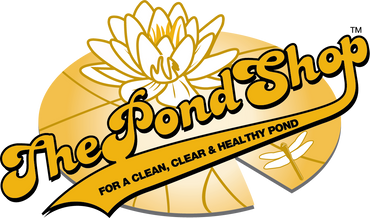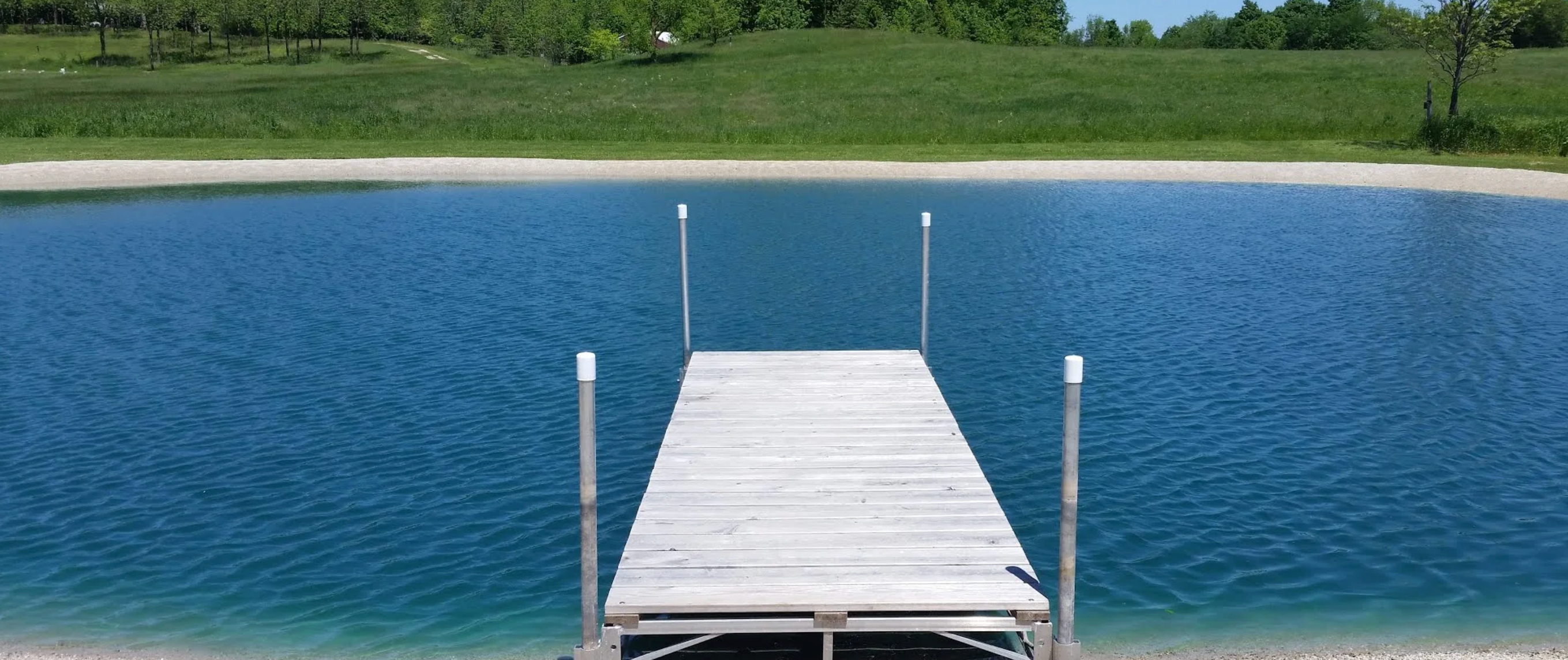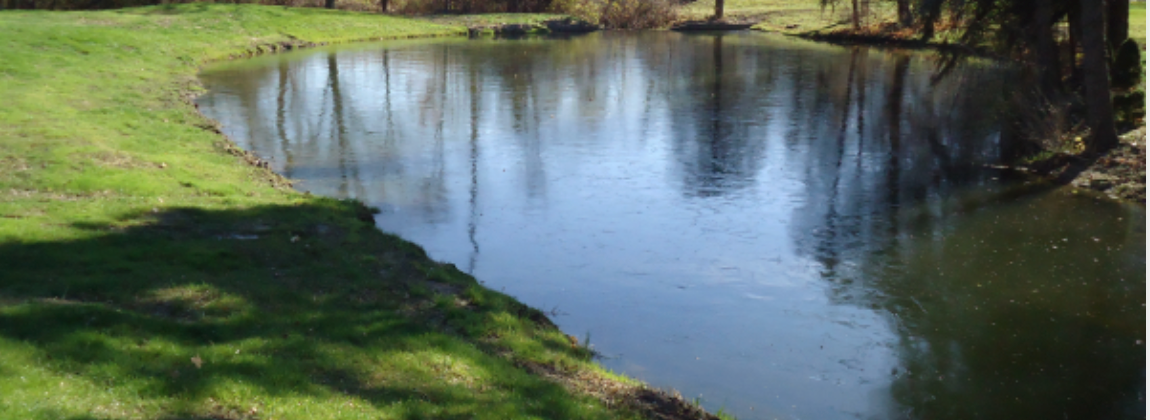Late Summer Control of Phragmites and Cattails
As summer winds down, many pond and lake owners notice their shorelines getting crowded with tall, dense vegetation like phragmites (common reed) and cattails. While these plants can provide some habitat value, they often grow aggressively, spreading quickly and overtaking shorelines, swimming areas, and views.
Late summer is one of the best times to manage them. Here’s why—and how to do it effectively.
Why Late Summer is Ideal for Control
-
Maximum energy transfer to roots – By late summer, phragmites and cattails are directing energy into their root systems for winter storage. Treating them now ensures herbicides or control efforts reach the roots, providing longer-lasting results.
-
Reduced regrowth – Knocking back these plants late in the season gives you a head start for next spring.
-
Clearer access – Water levels are often lower this time of year, making shoreline vegetation easier to reach.
Control Methods
1. Herbicide Applications
-
Use an aquatic-approved herbicide, such as Clearcast, which is formulated for emergent plants like cattails and phragmites.
-
Apply directly to green leaves and stalks in late summer for best root absorption.
-
Always follow label instructions and local regulations for safe, effective use.
2. Cutting & Removal
-
Wait at least two months after herbicide treatment to cut stalks to ensure that the herbicide treatment has ample time to spread to the root system for a full effect. (Full eradication may require additional herbicide treatment the year following the first treatment.)
-
Removing cut stems prevents buildup of decaying material along shorelines.
3. Aeration and Water Quality Improvements
-
Strong stands of phragmites and cattails thrive in nutrient-rich, stagnant areas.
-
Aeration and the use of beneficial bacteria help balance nutrient levels and make conditions less favorable for invasive growth.
Benefits of Control
-
Improves shoreline access for fishing, swimming, and boating.
-
Restores views and enhances the natural beauty of the pond or lake.
-
Promotes balance by preventing invasive monocultures that crowd out native plants and reduce habitat diversity.



